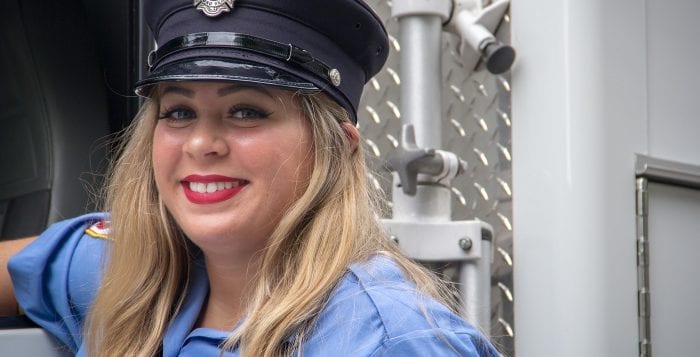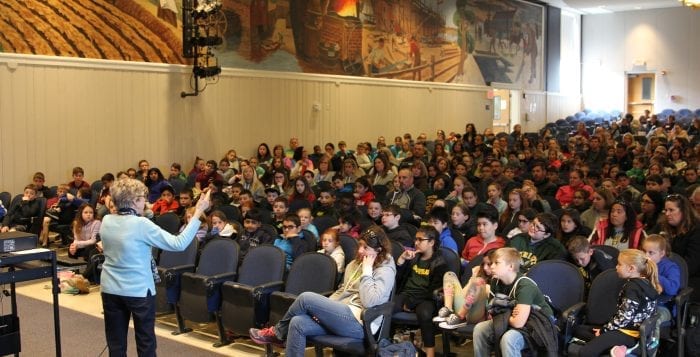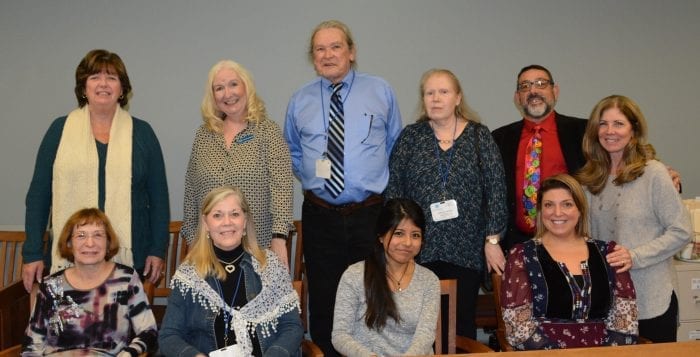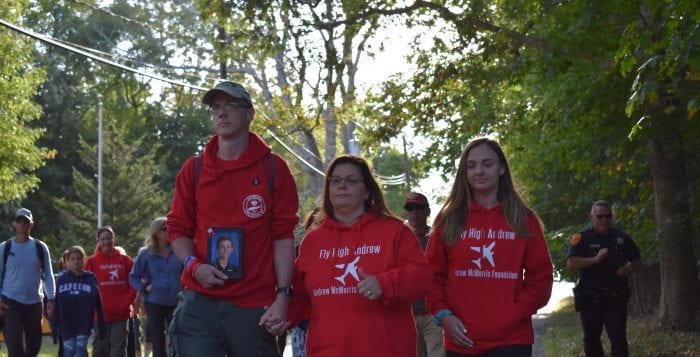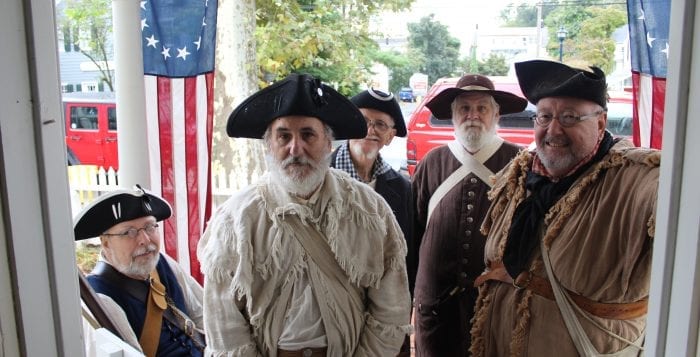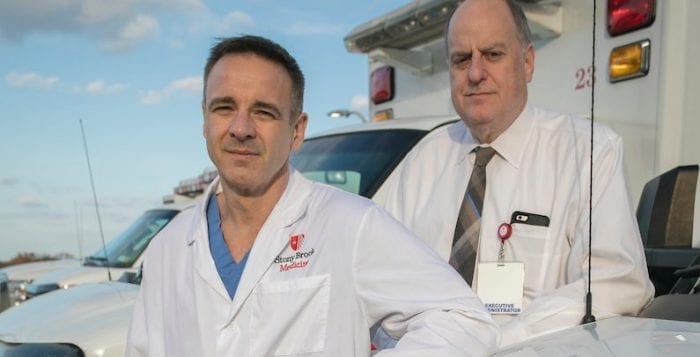By Peggy Spellman Hoey
Family has always been important to firefighter Cheyenne Enlund, so it is no coincidence that when she joined the Sound Beach Fire Department’s Explorer program as a teenager, she soon found a new extended, adoptive family of brothers and sisters. It’s a family that she never let down despite trying times at home, friends and public officials say.
“Even with her father passing, she kept going and going, and she never quit,” said Chief of Department Michael Rosasco.
Enlund, a 24-year-old Sound Beach resident, has been credited by officials for continuing to take an active role, volunteering her time with the fire department all while juggling a full-time job at Peconic Bay Medical Center in Riverhead, where she now works as a patient care technician. But what makes her stand out is that she showed dedication to her volunteerism during the illnesses and subsequent deaths from cancer of both her parents, first her mother, Linette, two years ago, and then her father, Patrick, just last year. It’s that dedication that earned her the department’s 2018 Firefighter of the Year award.
She’s very giving, always caring for other people — she puts others before herself, she’s an all-around amazing person.”
– Molly Searight
“She’s a beautiful person,” said Suffolk Legislator Sarah Anker (D-Mount Sinai), who nominated Enlund for The Village Beacon Record’s Person of the Year after learning of her story while attending the fire department’s award ceremony.
Normally, firefighter of the year is an honor reserved for a firefighter who makes a save during a working house fire. However, because the hamlet can be relatively quiet, the department in the past has also chosen individuals who go above and beyond the minimum requirement in their service, according to Rosasco.
“She was always very clearheaded,” he said. “She was always very cheerful, even though you know it was hurting her. She was always a good ray of sunshine for someone when you saw her.”
Enlund joined the fire department’s Explorer program in her early teens and worked her way up through the ranks to become a full-fledged firefighter, now serving as chief rescue truck driver. Other roles in the department have included organizing the department’s picnic, competing on the muster team, and advising junior firefighters in the Explorer program.
Friend Molly Searight, 19, first met Enlund five years ago when she trained under her guidance in the explorer program. There, Enlund served as a female lead, teaching young women the ins and outs of fire training and first aid, often offering even the tiniest pointers to help her inexperienced charges improve their first-responder skills.
Searight describes Enlund as “strong willed” and the type of person who “persists through everything” and “tries her hardest” at whatever tasks she faces.
“She’s very giving, always caring for other people — she puts others before herself,” Searight said, adding, “She’s an all-around amazing person.”
Anker said she is most impressed by Enlund’s dedication and outreach in the community.
“I feel that she is so deserving of recognition, and I am sure that she does not want the recognition, but those [people] are the type who should be recognized — people who are helping people for the right reason,” she said.

